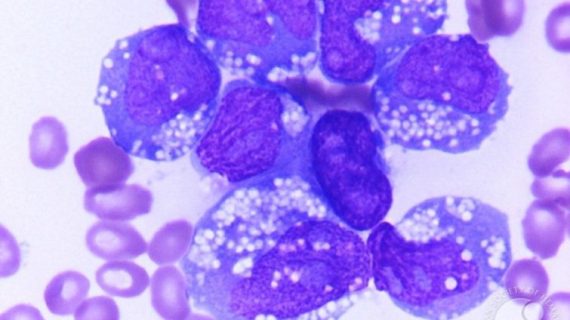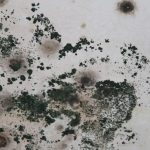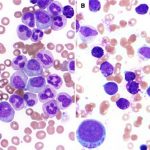Benzene is a colorless, sweet smelling chemical that has been linked to a number of health problems including acute myelogenous Leukemia or acute myeloid leukemia.
Used in a range of plastics, chemical products, and household products, benzene exposure has been linked to acute myeloid leukemia since the late 1800s, and continued testing has confirmed earlier suspicions that benzene exposure could result in a number of other types of leukemia.
These include acute myeloblastic leukemia, acute non-lymphocyctic leukemia, and acute myelocytic leukemia.
Acute myeloid Leukemia or acute myeloid leukemia causes the bone marrow to produce a high number of immature white blood cells, known as blast cells.
The bone marrow is responsible for the production of red blood cells, white blood cells, and platelets.
However, a defective bone marrow (caused by prolonged exposure to benzene) often produces a high number of immature white cells and can therefore not produce enough healthy red and white cells or platelets.
Acute myeloid leukemia or acute myelogenous leukemia can result in tiredness, a very pale complexion, and shortness of breath. A lack of platelets can also result in excessive bleeding, a tendency to bruise easily, and a delay in healing.
Not everyone that has contracted AML cancer will display all of these symptoms. In fact, some sufferers of Acute myelogenous leukemia or acute myeloid leukemia may not display any symptoms at all.
It is often through blood tests that AML is detected, and this is done by the examination of bone marrow tissue and blood samples.
AML Treatment
Following diagnosis of acute myelogenous leukemia or acute myeloid leukemia, patients are normally administered chemotherapy. The drugs used in the chemotherapy process are designed to eliminate the leukemia blood cells.
During the induction period, which is the early period of chemotherapy, the treatment aims to encourage normal production of blood and eliminate the cancerous cells caused by the benzene exposure.
However, as well as killing off acute myelogenous leukemia cells, the drugs used can also affect normal cells, which can lead to further treatment being required.
Once the cancer has gone into remission, which for many patients is within several weeks of chemo, long term treatment options need to be looked into.
The next stage of treatment may entail another bout of chemotherapy. Alternatively, for some AML cancer sufferers, a marrow or blood cell transplant may be considered.
This form of treatment entails the transplanting of healthy cells into the bone marrow of the patient affected by acute myelogenous leukemia or acute myeloid leukemia.
The goal is to allow the body to begin to produce healthy cells. There are two different types of transplants in use, known as autologous transplants and allogeneic transplants.
The first, autologous, entails the use of the patient’s own cells, which are removed, frozen, and then re-inserted after radiation or chemotherapy treatment.
This type of transplant cuts the risk of GVHD (graft versus host disease) in the acute myelogenous leukemia patients.
The second type of transplant, allogeneic, is done through a donor, who is either a sibling or someone that is a suitable blood type.
The cells in this procedure are not frozen, but transplanted within a set time. With this form of transplant, there is a risk of GVHD in the AML patient.
The Acute myelogenous leukemia patient must be aware that the cells could create an immune system that attacks the body.
The symptoms of GVHD are often temporary and even long term symptoms can usually be controlled via drug treatment. Thus, offering relief to the acute myelogenous leukemia patient.
If you or a loved one has been exposed to Benzene which resulted in the development of acute myeloid leukemia or acute myelogenous leukemia, please contact us today to discuss your medical and legal options. Remember, we are here to help.






